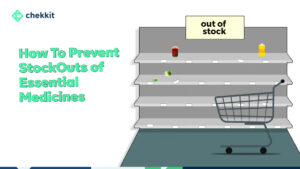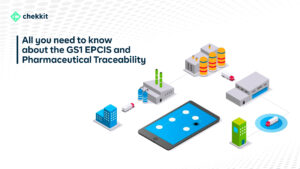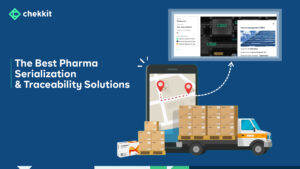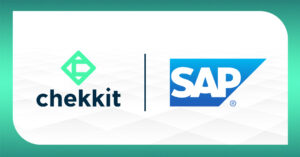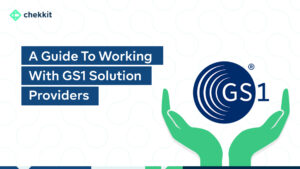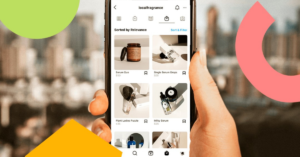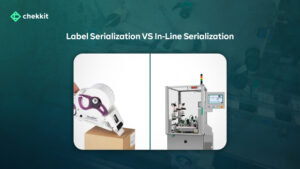Having built software for marketing teams in the pharmaceutical industry, food, beverage, and retail, we can categorically say that the odd one out is pharma marketing. Like the “black sheep” of the family.
And to be fair, it is understandable. After all, pharmaceuticals are one of the most regulated products on planet earth.
How Do Pharmaceutical Companies Do Marketing Today?
Unlike food, beverage, or retail which focus on the final consumers, pharmaceuticals have to factor in a powerful influencer between them and their own consumers.
For many (if not all) pharmaceuticals today, marketing is targeted at;
1. Patients & Consumers
These are the people that actually buy medicines for their treatment. However, most people won’t just go to the pharmacy and ask for an antibiotic. You will need a prescription by law.
This brings us to;
2. Healthcare Professionals
The doctors and other healthcare professionals who prescribe medicine to patients. As a matter of fact, this is where the majority of your marketing budget goes.
It is understandable, because for prescription drugs primarily, these HCPs can determine how successful that product will be in terms of sales.

When you think about it, pharmaceutical companies marketing models are B2B2C. It is not uncommon to see marketing teams focusing on creating marketing materials for both HCPs and patients.
What Are The Biggest Marketing Challenges of Pharmaceutical Companies?
1. Access To HCPs is Declining
The amount of money being spent on medical sales rep that market to doctors is shrinking. Besides, because the medical reps being employed by these pharma companies are all trying to get the attention of the same set of doctors, things can get really crowded.
How would you feel if you found out your doctor was “paid” to prescribe you a drug? So there’s the controversial aspect of marketing to HCPs.
Is it ethical? Is it unethical? The debate rages on to date.
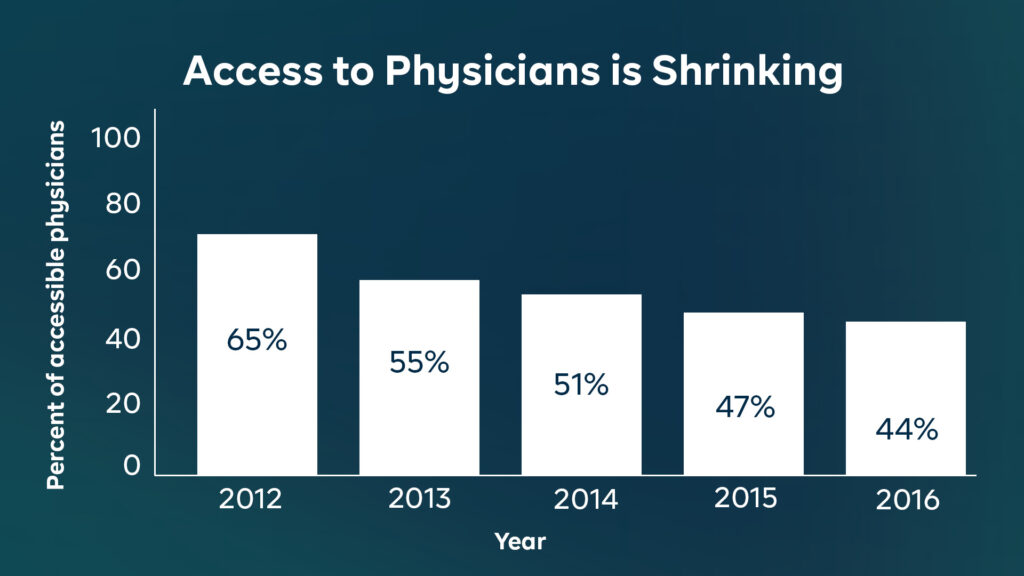
2. Patients Are More Informed Than Ever
There’s a change already happening, however. Because people are now more informed than they have ever been, the HCPs don’t have as much influence as they used to have. It is now common for patients to contribute to discussions about their treatment than was the case before.
A big thumbs up to the world wide web.

3. Advertising Directly To Patients Not Allowed
Presently, only 2 countries worldwide allow pharmaceutical companies to advertize prescription medicines directly to patients. New Zealand and the United States. Even in the USA, many are calling for it to be banned or restricted.
This greatly limits the options for pharma brands to get in front of the more informed patient of today.
4. Poor Access To Market Insights & Patient Data
The recipe for every successful marketing campaign or strategy is consumer insights. How much you know about the people using your products is directly tied to how innovative you can become.
However, in developing countries in Africa, Asia, and South America, a lot of transactions and purchases happen outside the internet. This and other factors make it tough to get data about patients in those markets directly on your computer so you can manipulate it to draw insights.
3 Untapped Marketing Strategies Your Pharmaceutical Company Can Use
It is our belief that wherever there are big problems, there are also huge opportunities to stand out.
All three strategies below have been used and are being used by many pharma marketers but their usage is still quite low. Here they are:
1. Medical & Pharma SEO (Search Engine Optimization)
Daily, millions of people around the world are on Google researching symptoms, treatments, and medicines, but many pharmaceutical brands aren’t creating content to provide the answers that people are seeking.
For example, here’s the data of Google searches in Nigeria & India for terms related to blood pressure medicine:
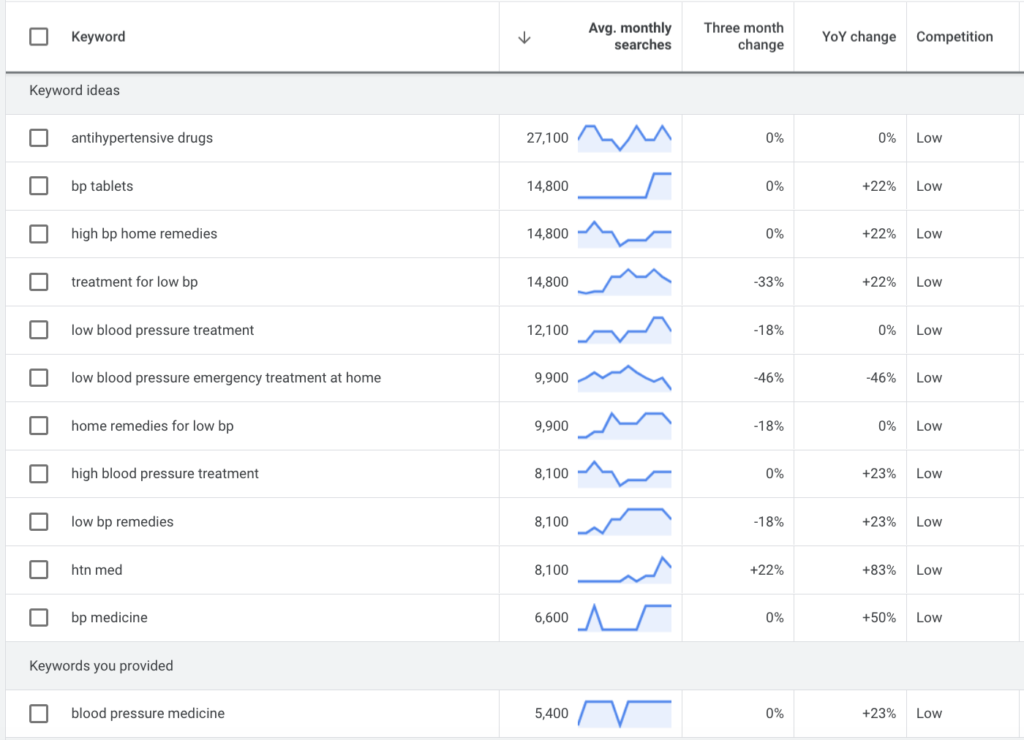
However, after going to search for “blood pressure medicine” on Google, no content from pharmaceutical companies popped up in the first 10 pages.
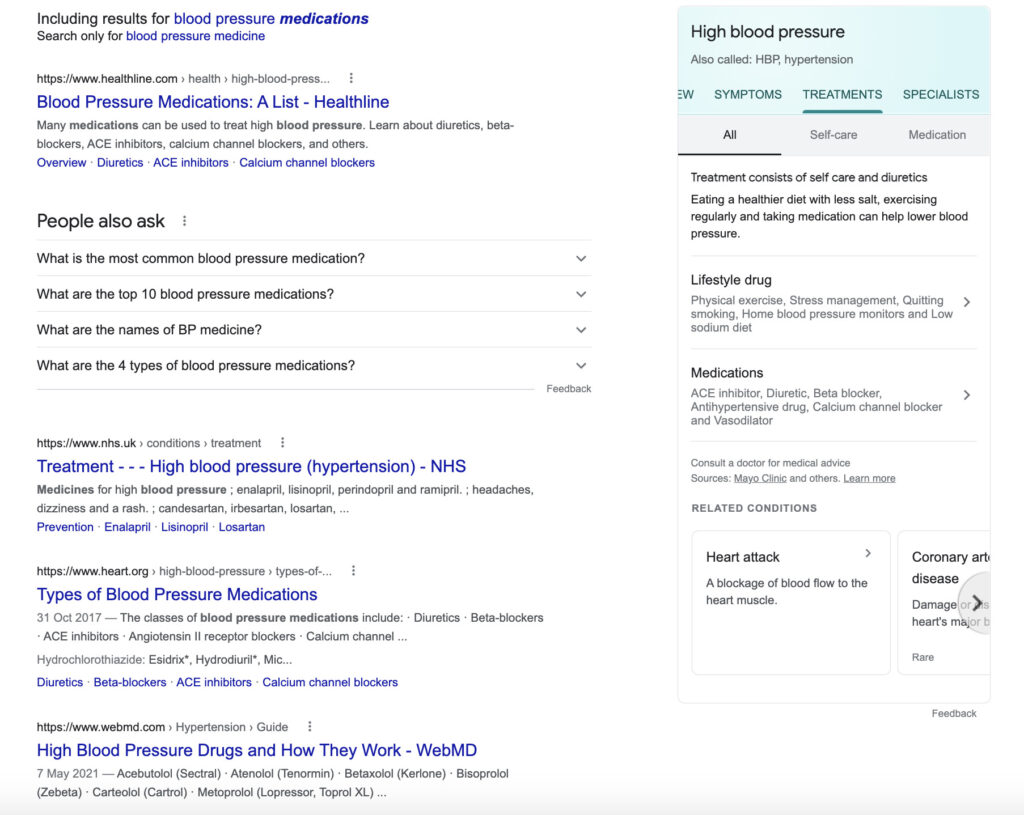
This is a huge opportunity for pharmaceutical brands to get in front of these patients and grow brand awareness.
It can also be for HCPs. What are doctors searching for on Google? Find out, create content around them, and meet these HCPs in their offices without a single medical sales rep.
2. Lead Generation & Nurturing
In simple terms, collecting the contact details of your target audience (patients & HCPs) and sending them targeted, personalized, valuable information regularly. You can do this in different ways but here are two examples:
- Use free online tools that your target audience needs to get things done as a way to get them to give you their contact details willingly. For example, a blood pressure brand can create a free BMI calculator as a means to collect people’s emails. For HCPs, it can be webinars or whitepapers on topics that matter to them.
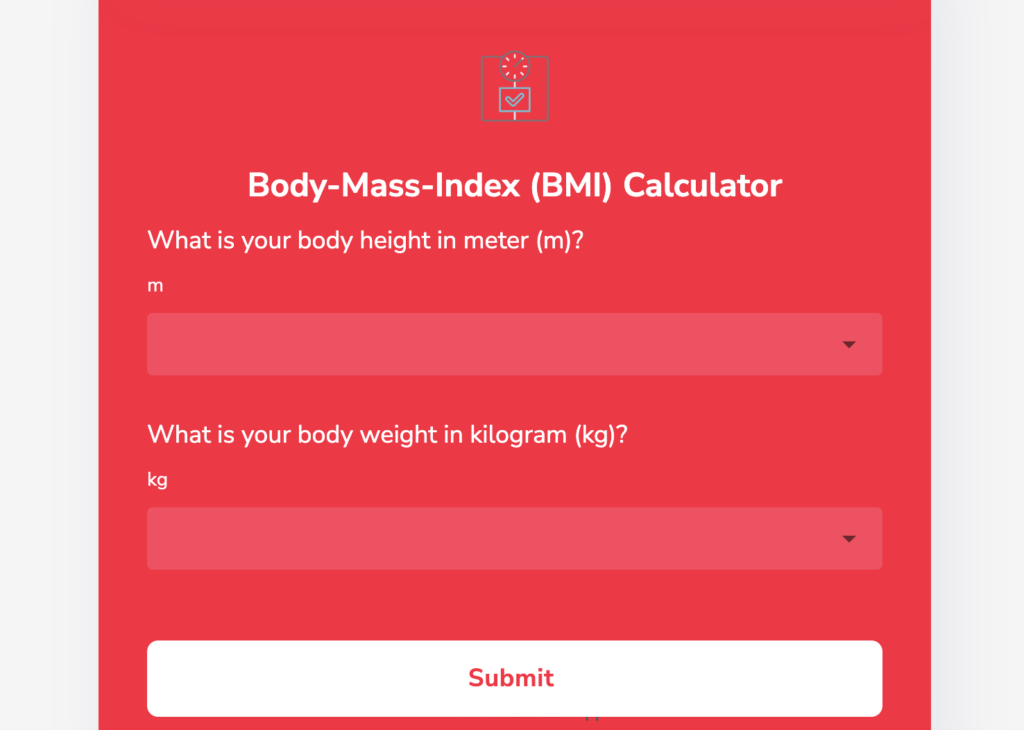
- Use your product’s packaging as a way to reach and acquire patients in their homes or in pharmacies. By using USSD, SMS, QR Codes, or DataMatrix Codes, you can digitize your products so that patients can engage using their phones. You can easily collect their phone numbers and emails through this. This is also great for OTC products to run sales promotions targeted at patients.
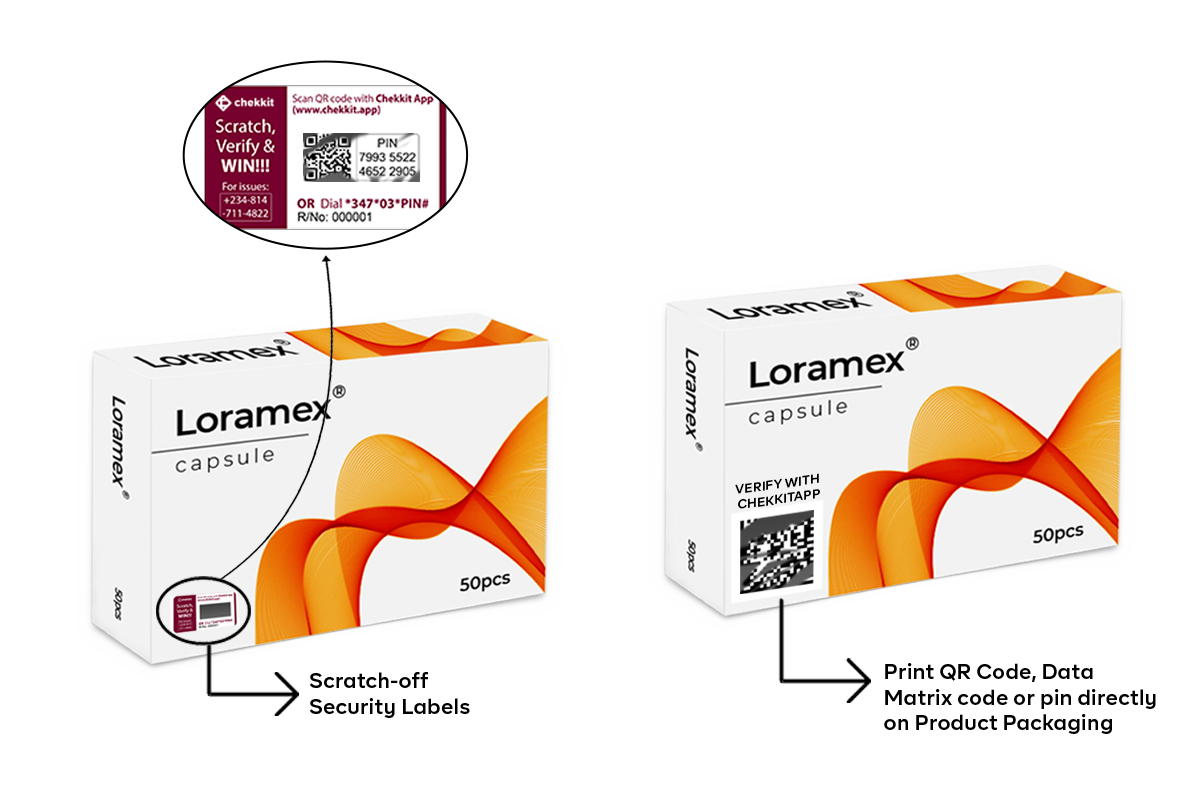

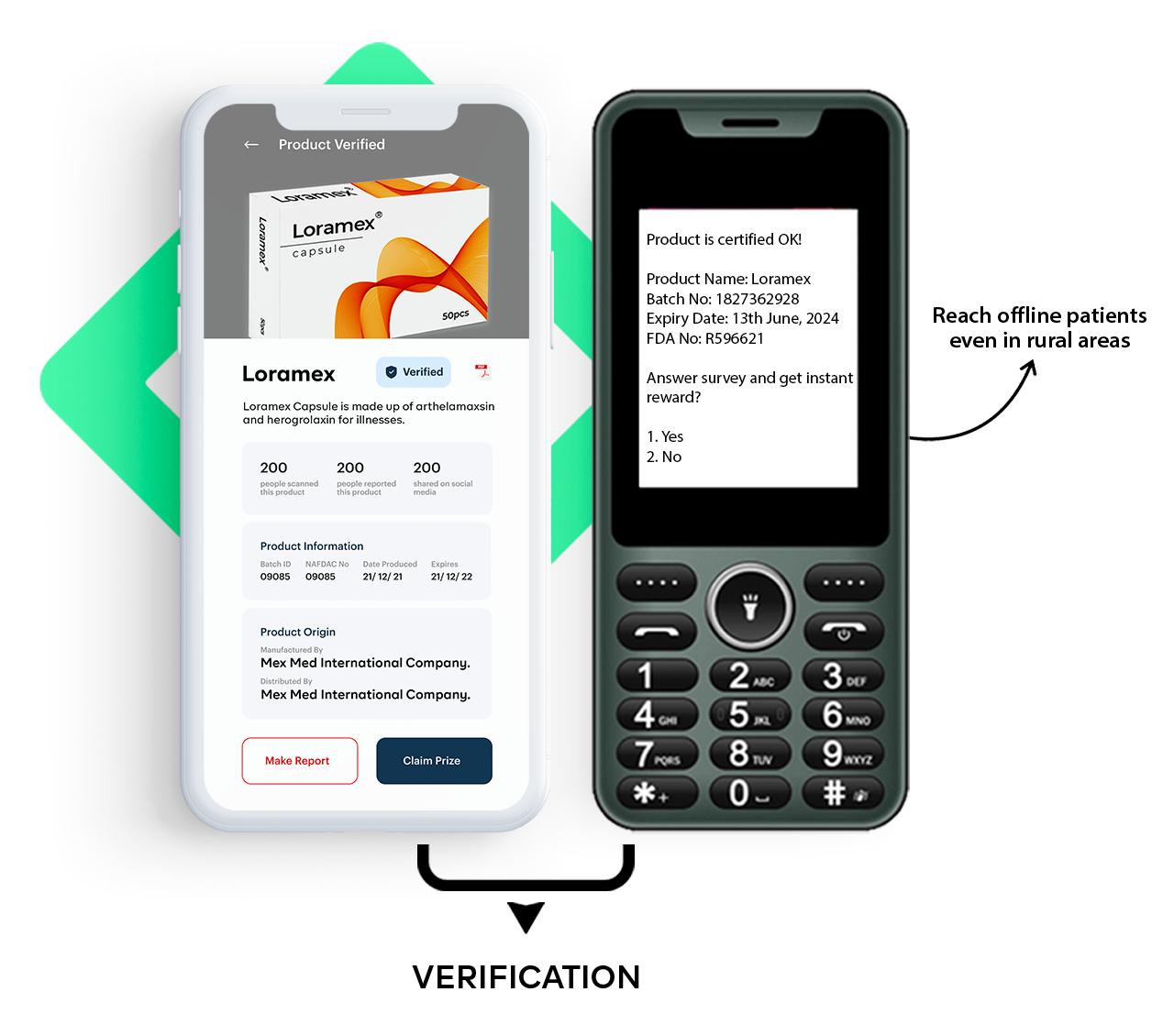
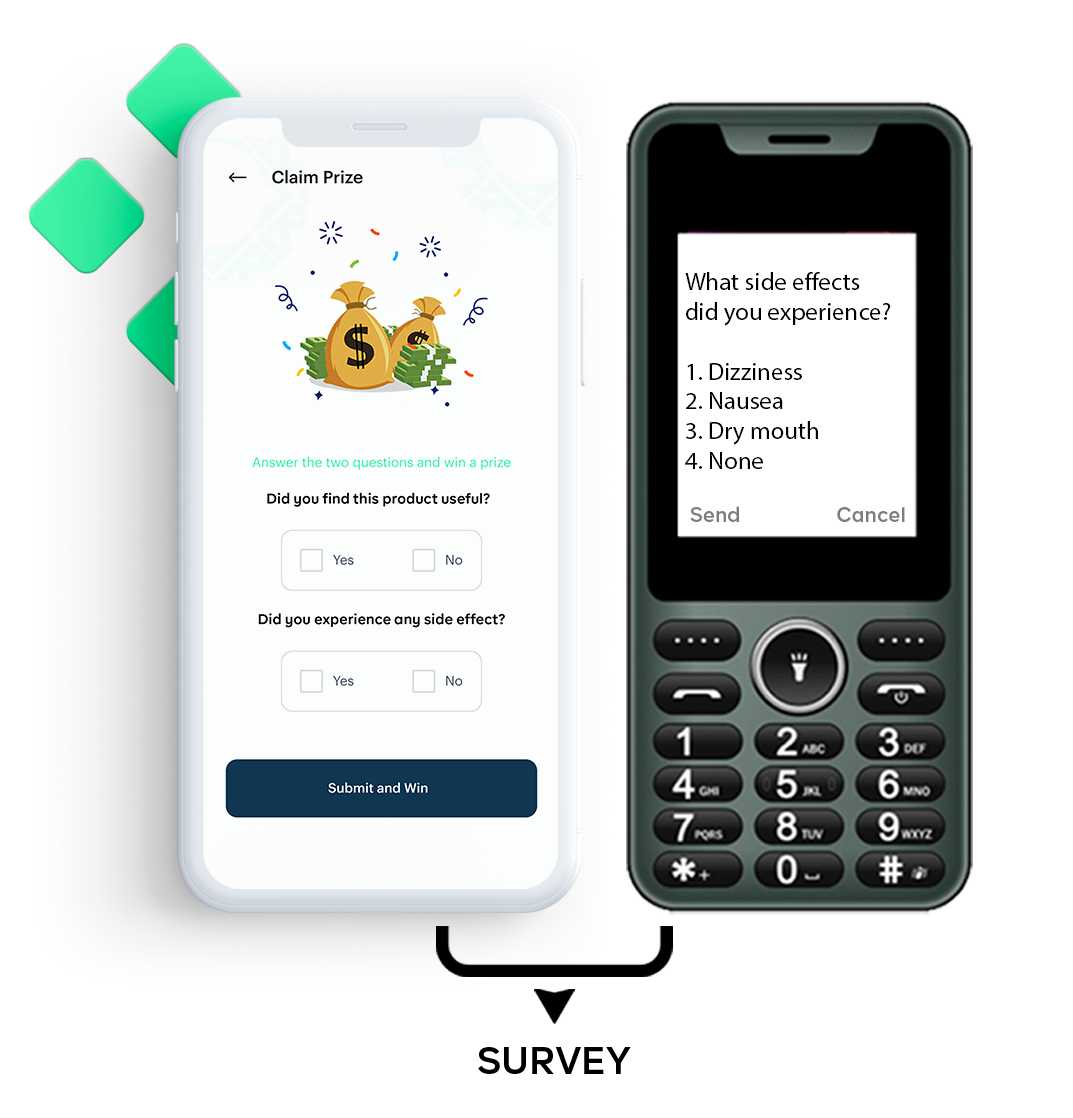
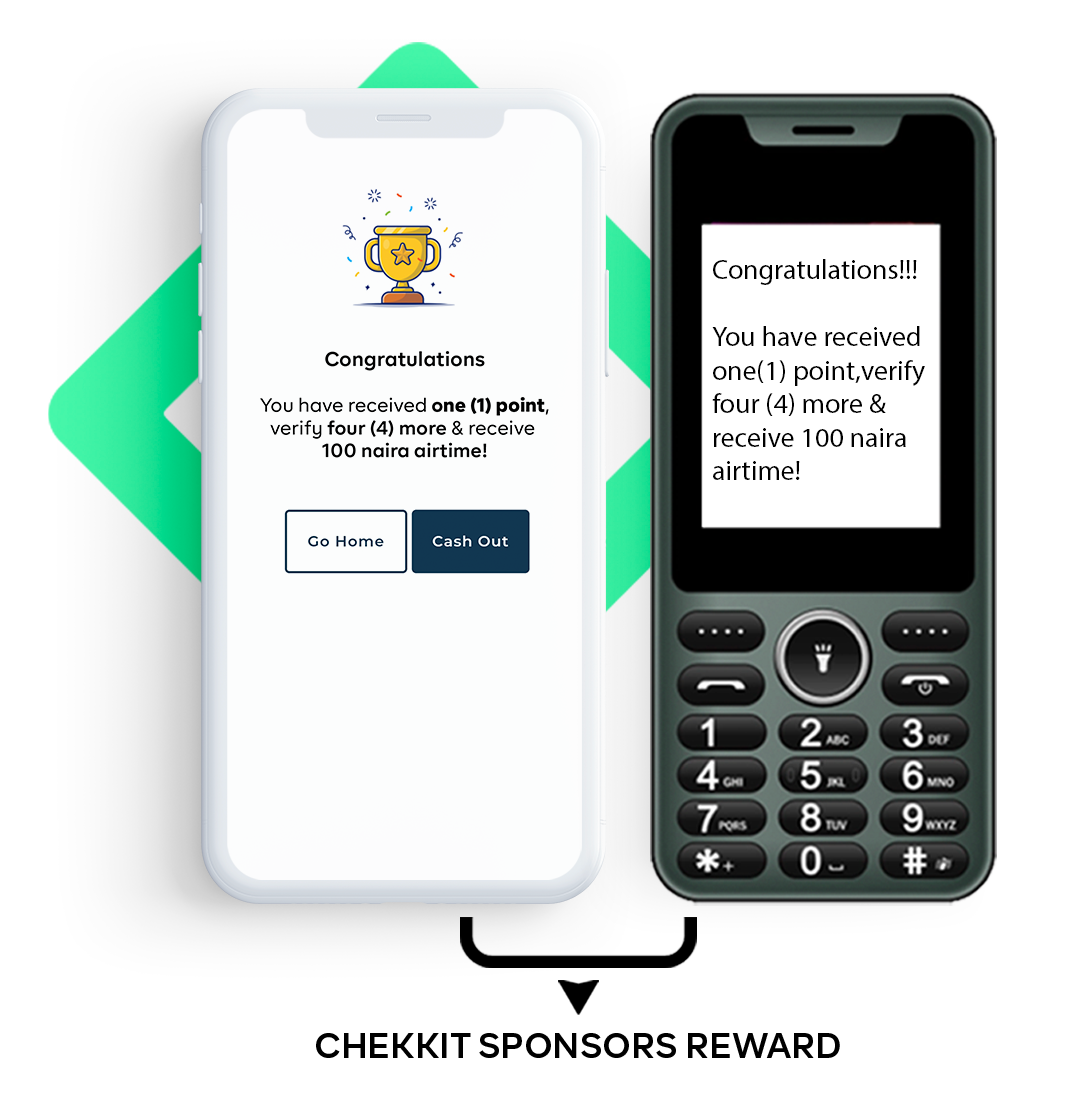
The strategy doesn’t stop at just collecting contact details. you have to keep the communication going but don’t try to sell to them at every chance you get, provide valuable content and information.
Before you know it, people will know you, remember you, and most importantly, love you. Loads of companies in different industries use this process to grow their customer retention rates and you too can do the same.
3. Community Building
From the search we did for blood pressure medicine, most of the websites that came on top were for online communities for people looking for answers to health-related topics. Online communities are a common sight across social media, forums, etc and pharma brands can either choose to create their own communities or work with already existing communities.
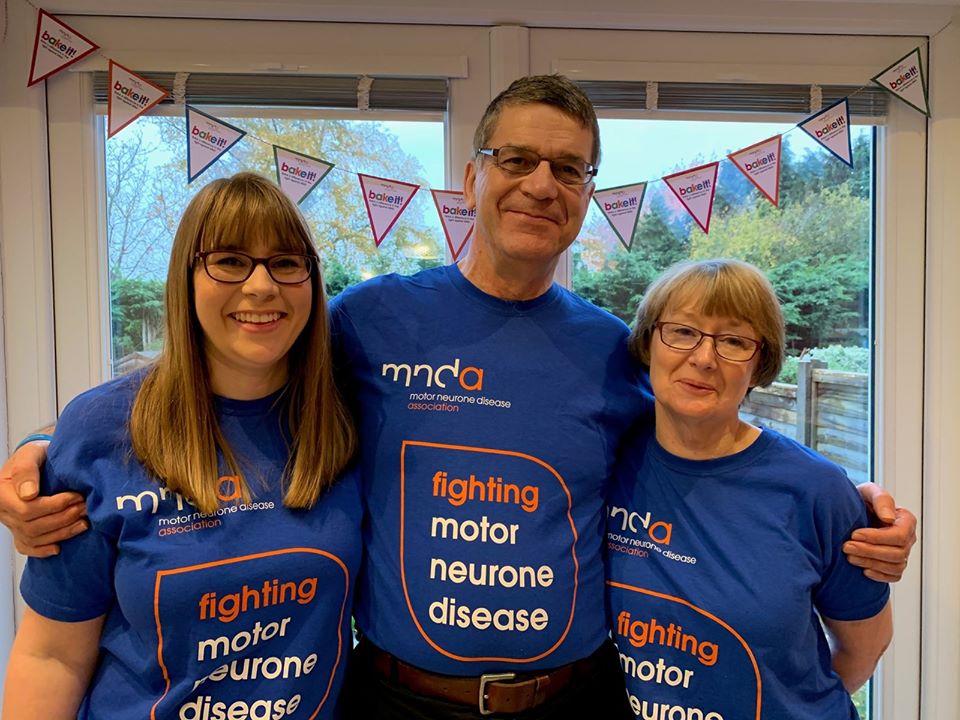
Asides from online communities, other communities exist that brands can work with to further educate and interact with patients or HCPs.
- Long-term treatment support communities: Long-term treatment support communities form around diseases that are typically ongoing and potentially life-long. These groups help to address the challenges faced by those who need chronic care.
- Point-of-need communities: These communities focus on a need at a particular time, such as those for people facing cancer, chemotherapy, or ongoing surgeries. Patients seek out these communities when they need to be surrounded by others who have experienced what they’re going through.
- Healthcare provider communities: These groups provide ongoing communication about the treatment and management of diseases directly to healthcare providers. These communities are ideal for diseases that are less common, those that are seeing rapid advances in treatment, or ongoing conditions that are a threat but face reducing awareness.
Whichever community you choose to be part of or build, make sure you do it with the genuine intention to help and provide value. Never to sell.
Takeaway on Marketing Strategies For Pharmaceutical Companies
Despite the many challenges, there are still a lot of opportunities for pharma marketers to get outstanding results. All you need to do is try things that are outside the conventional ways of doing things and you will get unconventional results.
Try any or all of the strategies above and we guarantee you will start seeing unconventional results but remember, good things take time. Don’t expect to start seeing huge results in 2 months. Give it time and be patient.
Chekkit’s patient engagement & insights platform helps manufacturers bypass HCPs and gets you direct access to the people using your products. You simply digitize your pharmaceutical packaging and patients engage with their phones.
Will you like to see how it works? Get a free product demo




